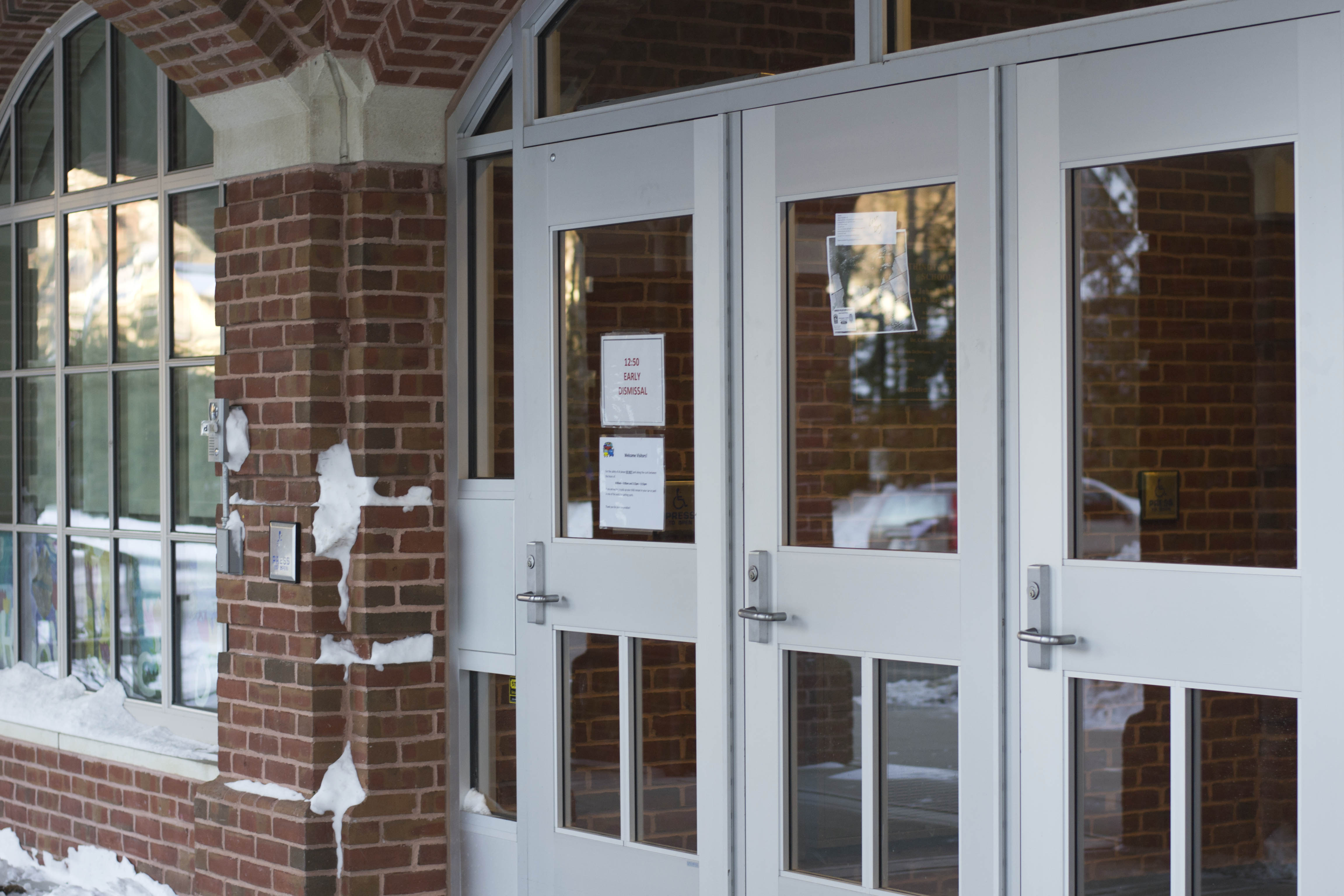
Jane Kim
New Haven educational programs have expanded their offerings to accommodate an increase in students who do not speak English as their first language.
Educational support for English-language learners in the Elm City mainly targets students whose first language is Spanish, said Pedro Mendia-Landa, supervisor of the English Learner programs at New Haven Public Schools. But as the diversity of languages represented in New Haven has increased in recent years, NHPS has introduced specialized programs that appeal to a broader array of languages.
The International Academy of Digital Arts and Sciences — which focuses on project-based learning for native English-language speakers and ELLs — and the Fair Haven Newcomer Center, which supports new ELL migrants to the United States, are two such programs.
Mendia-Landa said this diversification of offerings is appropriate, given New Haven’s language diversity.
“In the district, 67 different languages are spoken. There’s diverse representation from 118 different countries,” Mendia-Landa said. “[NHPS] is not monolithic.”
NHPS programs aimed at supporting Spanish speakers –— New Haven’s largest ELL group — include transitional bilingual programs that begin mostly in Spanish and lead up to entirely English-based instruction after three years. Two-way immersion programs are also available and teach students to be bilingual and biliterate. English as a Second Language support is a supplementary layer of programming for students and is administrated by specialist teachers.
Nancy Elgert, a bilingual kindergarten teacher at Fair Haven School, noted that the increase in language diversity is largely due to an influx of refugee students who speak languages like Swahili and Arabic. ESL specialist and teacher at the International Academy Alan Gibbons said some students at the International Academy came to New Haven from conflict zones in the Democratic Republic of the Congo, Iraq and Syria.
Since these types of ELLs do not qualify for Spanish-English bilingual programs, resources like the Newcomer Center at Fair Haven teach students English and help acclimatize them to the U.S. education system.
“It’s a very specific type of program that’s trying to work with a very specific type of population,” Mendia-Landa said.
The International Academy of Digital Arts and Sciences at Wilbur Cross High School works with a similar demographic. The academy has two cohorts: students who are natives of the Elm City and others who are recent arrivals from other countries. Similarly to Fair Haven, the majority of ELLs are from Central America, North Africa and the Middle East.
“There’s been an increase of non-Spanish-speaking ELLs, and that has been helpful in that there are more students that can help each other. It’s also been beneficial because it opens the students’ views to different parts of the world,” Gibbons said.
The increase in ELLs and the difficulties inherent in teaching a new language have posed challenges for ELL educators in New Haven. Gibbons said teaching can be difficult when students do not speak English at all or have had an interrupted educational history.
The varied language levels present in a single classroom are an additional hurdle for educators. According to Ann Brillante, academy leader of the International Academy, new students sometimes join the academy in the middle of the year, resulting in an uneven skill level within the classroom.
“One strategy I use is grouping students in a meaningful way. So if a student from Iraq came here three years ago and now I have a newcomer, I might try to pair them together to support one another in Arabic as well as in English,” said International Academy English teacher Nicole Pernal.
Roughly 15 percent of NHPS students qualify as ELL, according to Mendia-Landa.







